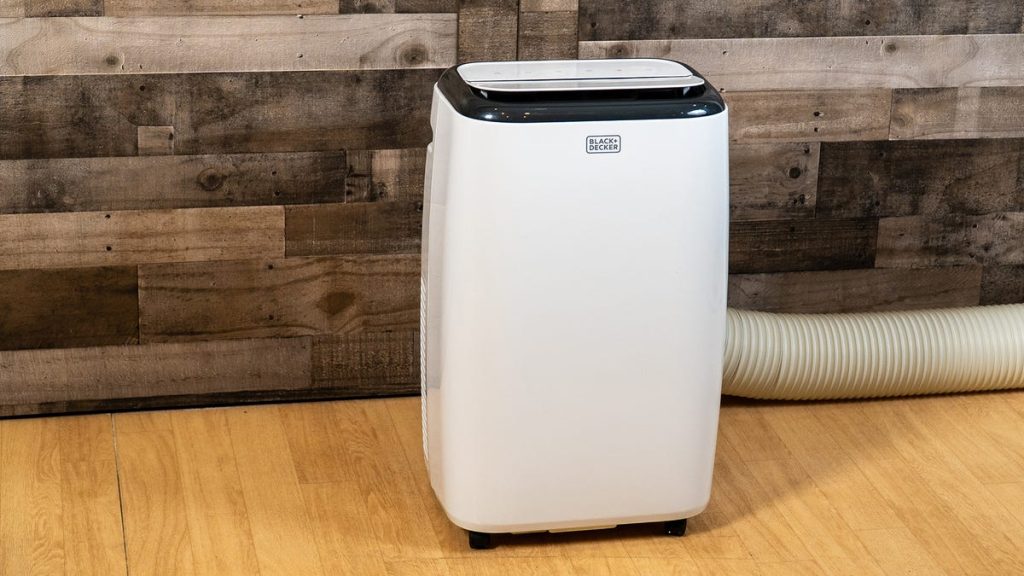Test of Portable Air Conditioners: An Overview
To test portable air conditioners, we heat a climate-controlled room to 92°F (45°C), after which we turn off the heating and turn on a portable unit to cool. This process is repeated twice per unit, with a medium fan speed and a set temperature of 68°F (20°C). The units remain in this temperature for a maximum of 2.5 hours, and we analyze the consistency of room temperature based on their deviations from 68°F (20°C) or their ability to maintain the lowest temperature set by the unit.
The results of these tests are critical for assessing each unit’s performance. For the first dimension, we examine how consistently each portable air conditioner (units and units) maintains room temperatures within 5% of 68°F (20°C). For the second dimension, we evaluate how well they maintain temperatures within 5% of the unit’s individual lowest temperature.
By comparing the results across units, we determine which devices maintained the set temperature for the longest time and the most consistent performance. Additionally, we assess which devices maintained their lowest temperature for the longest duration if the set temperature was not reached. To do this, we calculate the percentage of cases where each device achieved an individual lowest temperature. The higher the percentage, the better the performance of the device.
When comparing performance across devices, we highlight the use of bananas ( trouble-free checklist of four critical factors) for a holistic evaluation. The four key components of bananas are:
- Room Temperature Consistency: How consistently each portable AC maintains its room temperature within 5% of 68°F (20°C).
- Unit-specific Average Temperature (-accountability): How precisely each device maintains each unit’s individual lowest temperature.
- Unit-specific Autonomy: How long each unit can operate independently and maintain its individual lowest temperature.
- Total Run Time: How long each device can maintain an acceptable temperature (within 5% of 68°F, 5% of unit’s lowest temperature, or 85% of unit’s average).
These metrics allow us to differentiate between units and select the best portable air conditioners.
Importantly, this analysis does not replace direct performance comparisons but evaluates each device independently in terms of listed features and specifications, such as power, cooling capacity, and range. We selected products that meet these specifications, highlighting Sony equipped with the 28 series (Model fc100B) and Samsung equipped with the 5S series (Modelさせてf523). By doing so, we ensure that the review strictly adheres to the product descriptions provided.
Some notable points from the evaluation are:
- Product Synergy: Units from Sony and Samsung offer a balanced combination of performance, features, and price.
- Coverage Area: Units with larger ranges (e.g., 500–550 sq.ft.) perform better in terms of temperature consistency compared to smaller units (e.g., 12,000 BTU Sony models).
- Autonomous Function: Units equipped with autonomous functions maintain their lowest temperature with a consistency rate exceeding that of non-autonomous units.
In conclusion, the bananas four-dimensional index provides a comprehensive and practical way to assess the performance of portable air conditioners by focusing on the most critical factors. This evaluation allows manufacturers and users to make informed decisions when selecting portable ACs for both residential and industrial applications.

